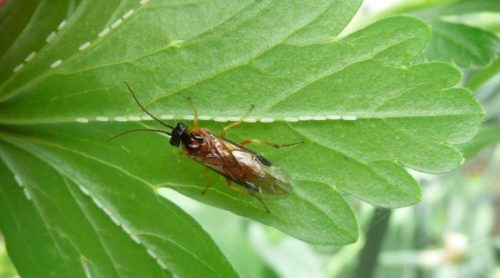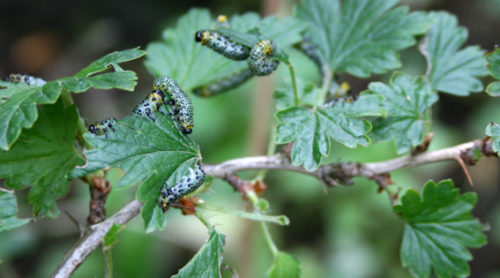The common goose
Also known as:
Imported currantworm (us)
Similar:
Pale-spotted goose
Small goose

Common goose
The Common goose
Gooseberries are the most susceptible to the Common goose
Similar to the Common goose
Where to find
- Gooseberry
- Red and white currants
Control
Be alert for eggs on the underside of the leaf. Cut away the leaves with eggs – whatever caterpillars come later can be removed by hand.
In professional horticulture, crop protection products are applied when the larvae have just hatched from the eggs.
Prevention
Prevent the larvae from overwintering in the soil by covering the soil around the shrub with anti-root cloth.

